My husband, Justin, and I have used the Sony Alpha 7 III- commonly referred to as the A7iii- since it came out in early 2018. So after many years of being on the market and even a new entry from Sony in this mirrorless camera line- the much anticipated Sony Alpha 7 IV- you may be wondering whether the A7III still stacks up.
After five plus years of using, loving, and sometimes getting annoyed at it as we capture our travels around the world, here’s our Sony A7III review, from everything we love to a few things we don’t.
This post may contain affiliate links. If you make a purchase through them, we may receive a small commission, for which we are extremely grateful, at no extra cost to you.

Verdict of the Sony A7III
While the Sony A7III certainly has its faults, especially, with respect to its video capabilities, it’s still an all around awesome camera for a wide range of photographers.
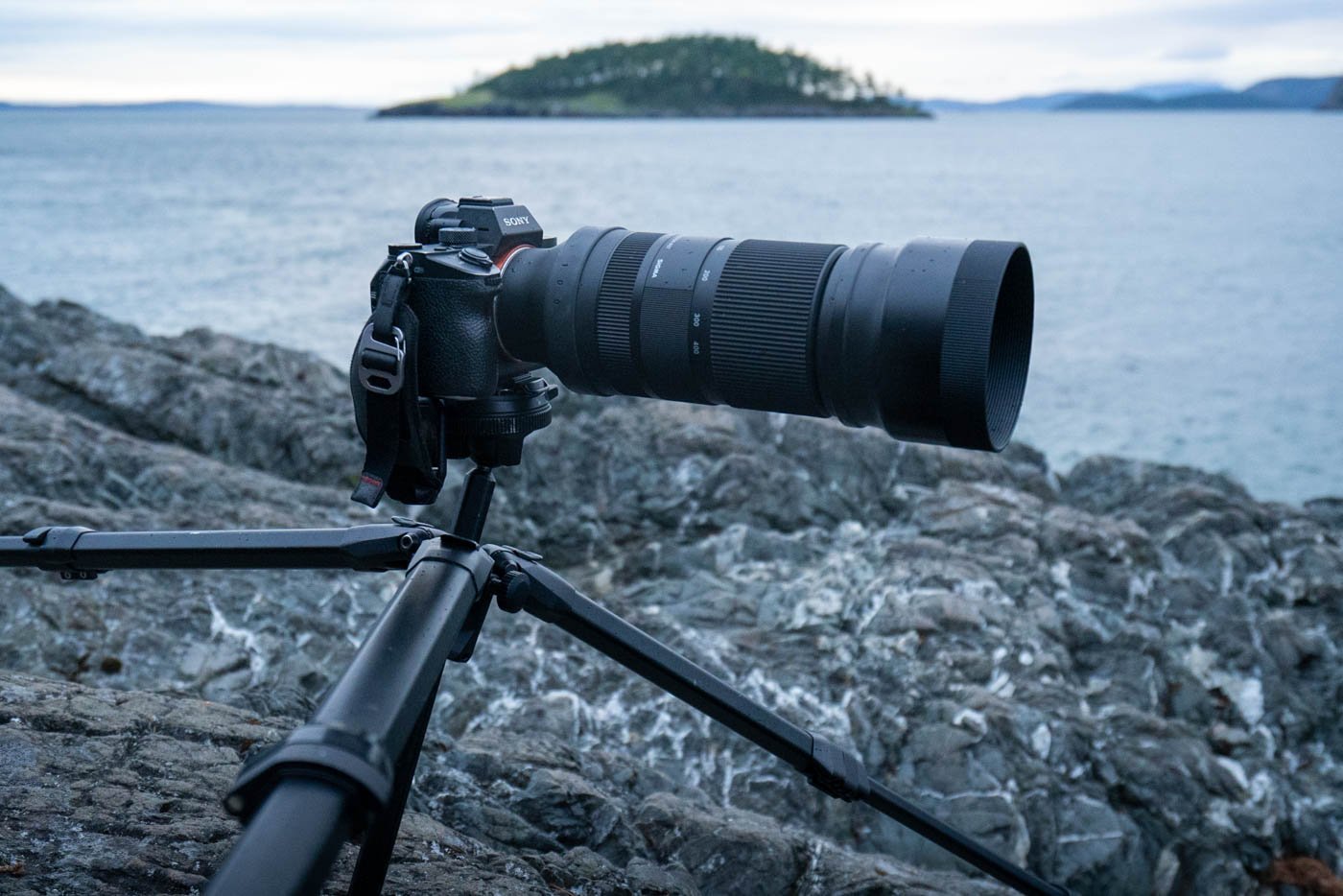
The mirrorless body allows the camera to be compact and quite lightweight (weighing in at just 1.43 pounds), making this an ideal camera for travelers, in addition to other capabilities, like an electronic viewfinder that provides an excellent preview of your shot (a super helpful tool for photographers still mastering manual shooting).

Plus the 24MP full-frame sensor allows for beautifully detailed images in a variety of settings, including low light, while not having overly massive file sizes (another bonus for travelers and those who don’t want to mortgage their home to pay for media storage).
All in all, the Sony A7III, especially at its price point, still packs a serious punch.
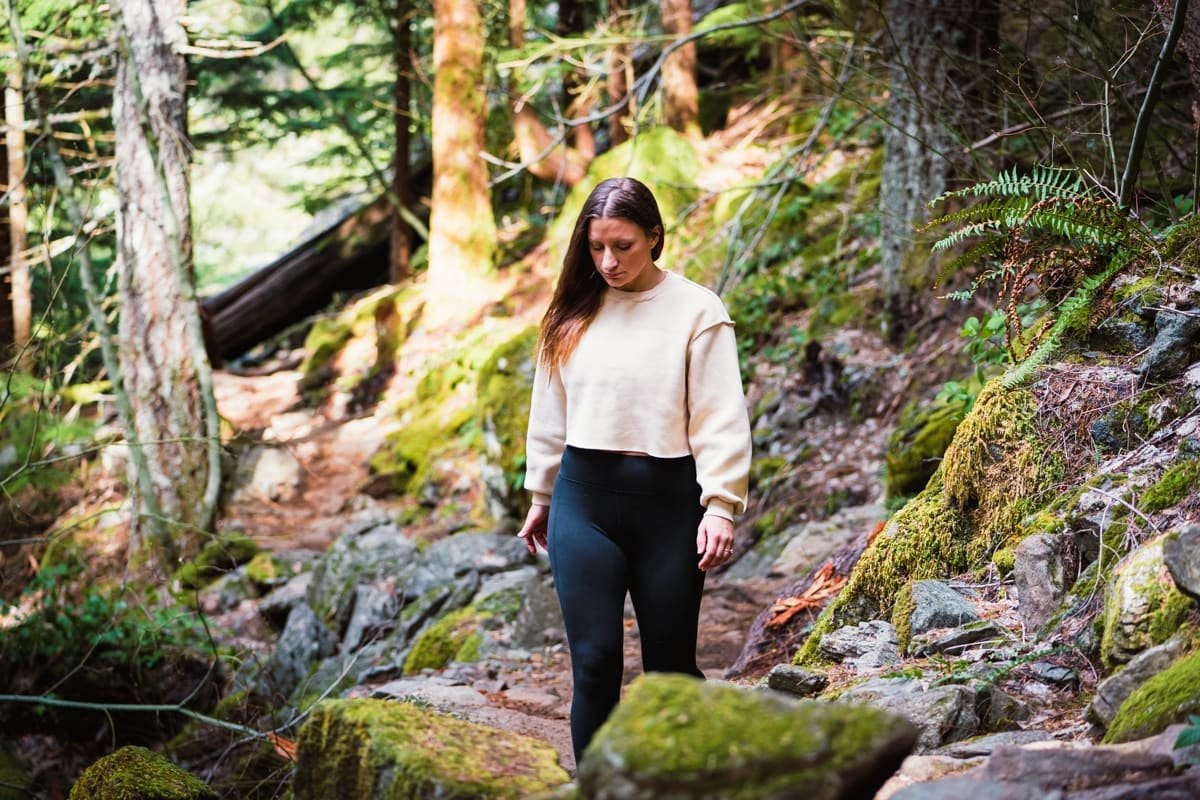
Pros:
- Incredible autofocus capabilities
- Impressive low-light performance
- Lightweight and compact
- Dual memory-card slots (only one supports UHS-II cards) for professionals
- Affordable for a mirrorless camera (less than half that of A9ii, Sony’s all-around camera marketed to professional photographers)

Cons:
- The screen only tilts in one direction, as opposed to articulating in multiple directions.
- Inability to shoot 4K video in a higher frame-rate than 30 FPS
- Limited touch screen capabilities
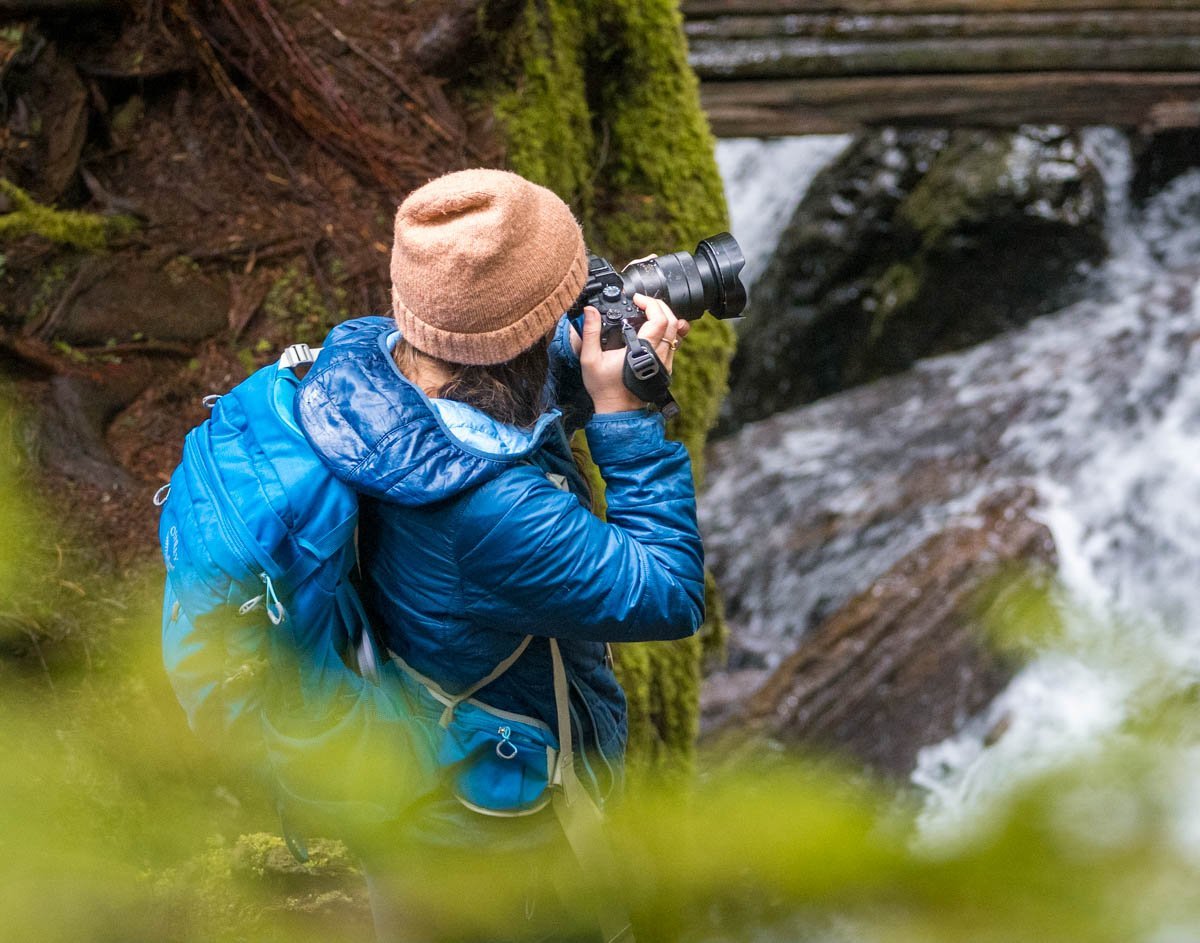
Sony A7III Review
Let’s look at the camera in a bit more detail, starting with the camera’s strengths.
Focus and Image Stabilization:
One of the Sony A7III’s key-selling points is its amazing focus and autofocus system, offering 693 phase detection points and 425 contrast autofocus points that covers over 90% of the imaging area.

This basically means that there are over four times as many detection points as a comparable full-frame mirrorless Nikon camera, and, so long as you’re pointing your camera at a moving subject, there’s a good chance that the camera will successfully detect and focus on it, even in relatively low light settings.

When your subject is a moving person or even animal, the camera also has an Eye Autofocus mode, to focus in on the most important part of your subject (although, at least in my experience, this setting is a bit more hit or miss with moving subjects than the general autofocus).

Along the same vein, the A7III has in-body 5-axis sensor-based image stabilization system, as opposed to you having to ensure you’re using a lens with this feature. This is super helpful when doing handheld photography in lower light settings or if you simply don’t have a stabilized lens.
Between the excellent focus and image stabilization, the Sony A7III allows you to take a variety of photos, from street photography to capturing wildlife, in imperfect conditions and still lets you walk away with some great shots.

Body
The Sony A7III has a small body for a full-frame camera, allowing the camera to be quite light. Given Justin and I use ours for travel photography, it makes it so much easier to travel with a sleek and lightweight camera. If you care a lot about cutting down on weight, the A7III has other features that help with this, like the ability to charge with a USB-C cable, as opposed to lugging around a heavy battery charger.
Despite its lightweight body, there’s still a hefty grip on the front and a thumb ridge on the back, covered in a textured coating. We couple ours with a Peak Design Handstrap and it’s such a comfortable and natural feel to hold the camera. Additionally, the physical control arrangements are almost all within reach of your right thumb, making it fairly easy to operate once you figure out the extensive options and menus.
Of course, if you want extra battery capacity, more custom functions buttons, and a larger grip- you can pick up a vertical battery grip for the Sony a7III that offers all of the above.
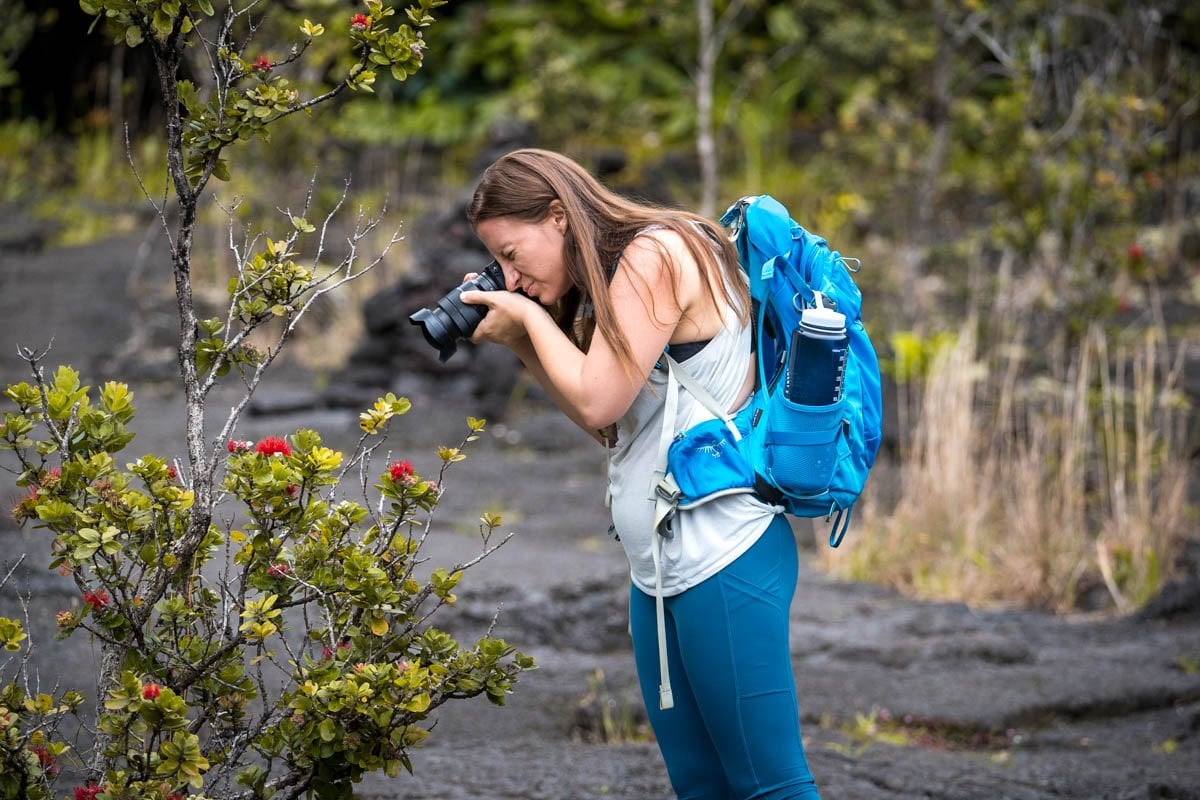
The body is dust- and moisture-resistant, but it’s not weather-sealed and I’ve heard reviews of water getting into the camera’s base in extremely wet conditions. So I’d err on the side of being conservative and only (and very cautiously) using the A7III in light rain or other moisture.
For what it’s worth, we’ve used our camera regularly in misty Pacific Northwest conditions and haven’t had a problem, although we’re diligent about putting the camera away in any kind of more serious rain.

Stand-out features
Some other features that I love about the Sony A7III:
- Battery life: Older models of Sony cameras have received negative reviews of their battery life, which Sony remedied starting with the A7III. This camera uses NP-FZ100 lithium batteries, which has allowed us to walk around and take hundreds of shots all day on a single battery.
In case we forget to charge the camera before a heavy day of use, we simply bring along our battery pack and charge up the a7III between stops. It’s just a super convenient camera for a photographer on the go.

- Electronic viewfinder: As mentioned above, the A7III is coupled with a 0.5-inch OLED electronic viewfinder, which is about as big as you can possibly get without having to shift your eye around to see the whole screen.
The viewfinder (or screen, if you’re using that while shooting) provides a preview of the shot before you press the shutter. As someone who still gets a bit nervous, from time to time, about more complicated manual photography, I absolutely love this aspect- it makes it a breeze to make sure you get the right exposure.
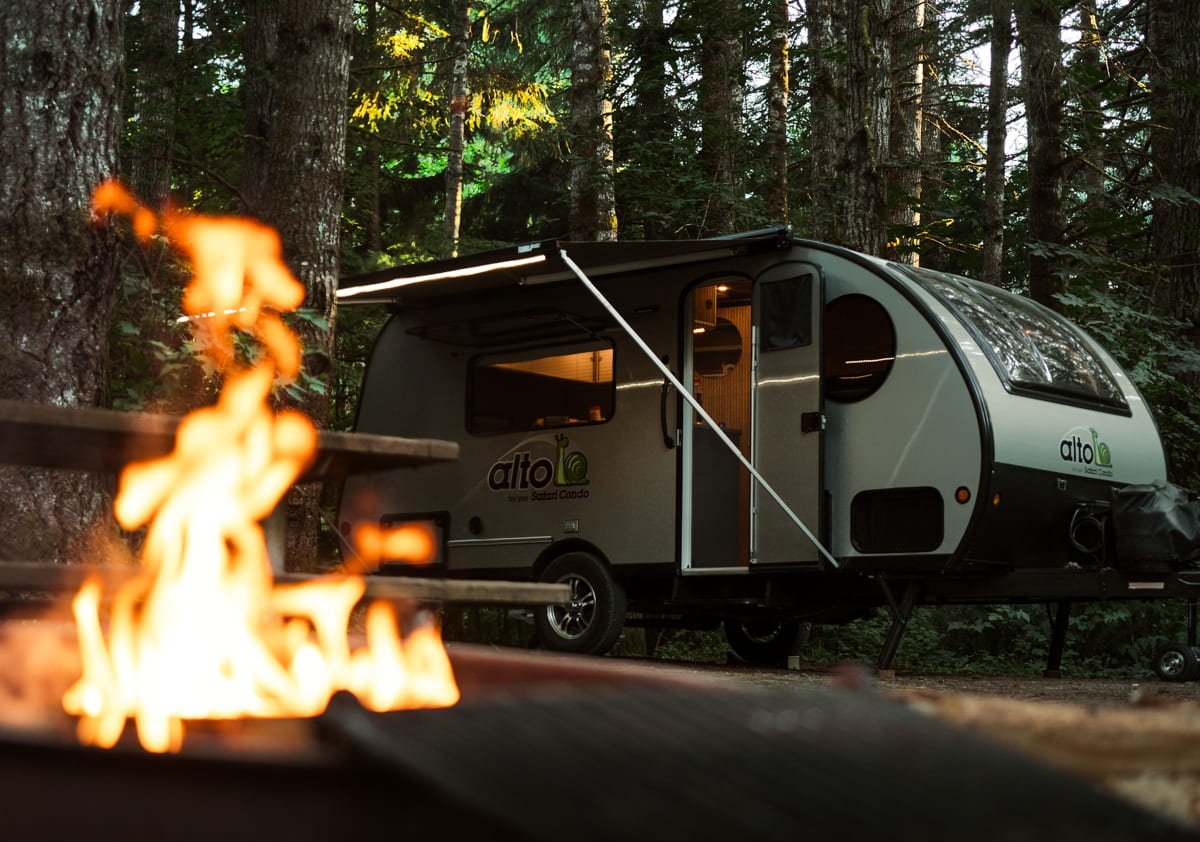
- Silent shooting: One of the benefits of having a mirrorless camera is that you can bypass the physical shutter and instead, use the electronic front curtain shutter-i.e., an “E-shutter” which effectively turns the camera’s sensor on and off at the selected shutter speed to achieve the same effect, but doing so silently).
Have you ever been in a nice restaurant and wanted to take a photo, but didn’t want to be the annoying dude clicking away? Or what about a wildlife safari, when you’re worried about scaring your subject away with the sound of your camera? Now you can take alllll the photos you want- but silently!
This feature won’t work for certain types of photography (e.g., sports or street photography) where you or your subject is moving, due to distortion effects called banding or rolling shutter, and isn’t available in every mode- only in Manual, Auto, Shutter Priority, and Program Shift mode.

Drawbacks of the Sony A7III
Let’s move on to some of the stuff that it’s not so good at.
Screen
The A7III’s screen only tilts up and down on one axis, which is obviously better than a fixed screen, but is challenging to use for certain shots, like in portrait orientation (which is ever more important with social media) or when shooting subjects from below. Another very common complaint amongst users is that, while you can use its touch screen to select focus points, you can’t select menu options using the touch screen.
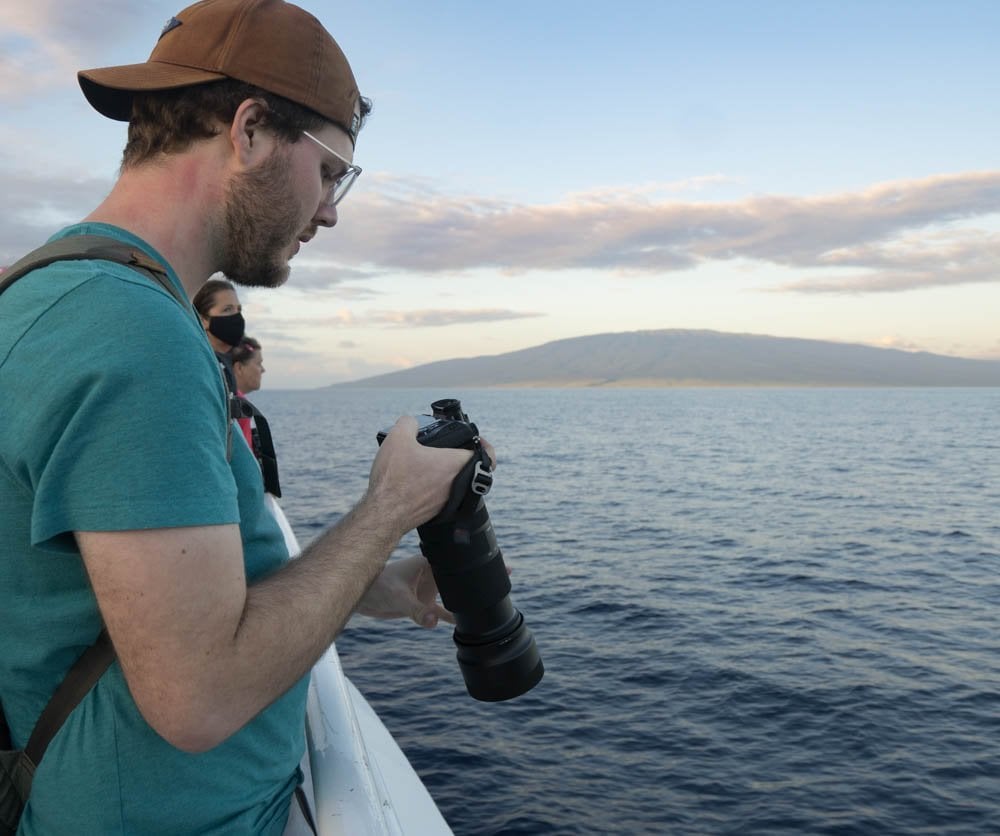
Both of these issues have been addressed in the Sony A7iv, which offers a screen that articulates in various directions and allows you to make menu selections using the touchscreen. If either of these are huge issues for you, you may want to consider making the jump to the A7iv instead.

Video
Don’t get me wrong- the video quality of the A7III is quite high, with similar white balance, color, and exposure as you’ll get with still photography. It has a 6k sensor readout for full frame pixel 4K/24p video without cropping, meaning that the sensor collects 6k pixel information and then samples it down to 4k, leaving beautifully detailed and sharp 4k videos.
That being said, the 4k frame rate options are quite limited- you can’t do anything higher than 30FPS while shooting in 4k. For folks who rely on quality slow motion videos, whether you’re a wedding videographer or a YouTuber, this may be a dealbreaker. Again, this issue has been resolved in the newer A7iv, which allows shooting in 4k 60FPS.

Who is the Sony A7III a good camera for?
The A7III is a great all-around camera for almost any kind of photographer, especially given the reasonable price point (at least, in terms of mirrorless cameras).
Speaking from experience, if you’re looking for the best camera for travel bloggers or really any travel enthusiast for under $2,000, this is it- lightweight, compact, and very versatile for a variety of environments, from street to portrait and wildlife.

Lenses we use with the A7III
We all know that a camera is only as good as the lens attached to it, right? So it bears mentioning here that, much like almost all camera manufacturers, when you buy a Sony, you’re also signing up to purchase within an ecosystem of compatible lenses for as long as you have the camera.

So what lenses are best paired with the a7III? We’ve perfected our lens arsenal for our needs, so here’s what we shoot with.
Wide angle: The Sony 16-35mm Vario-Tessar T FE F4 ZA OSS is a seriously versatile and awesome wide-angle lens. It’s really the perfect travel lens- it’s amazing at taking both sweeping landscape shots as well as detailed portraits, takes sharp and colorful photos, and is reasonably lightweight (at 1.1 pounds). If you’re only thinking about purchasing one lens for your a7III for travel photography, have it be this one.
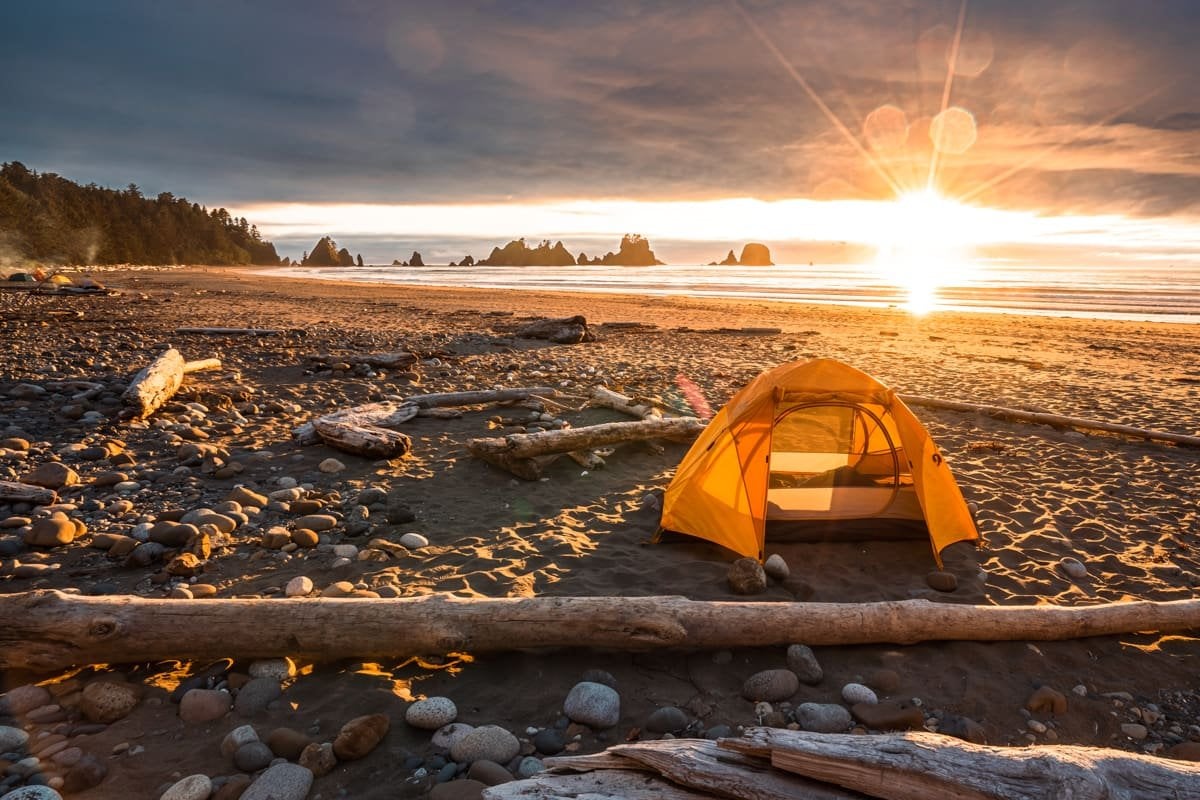
Macro: For food photography or really anything you want to get up close and personal with, you’ll want a macro lens, like the Sony SEL50M28 FE 50mm F2.8. This prime lens is a workhorse, capable of handling portrait, landscape, and of course, macro shots. I love that, with its wide aperture capabilities, you can snag shots with plenty of dreamy background blur. Plus, in terms of quality lenses, it’s pretty affordable, ringing in at under $550.

Telephoto lens: For wildlife shots or if you want some rad lens compression, consider the Sigma 100-400mm F5-6.3 Contemporary DG DN OS.

It’s a lot more affordable than comparable lenses (almost 40% cheaper than the SONY 100-400mm f4.5-5.6 GM) and almost one pound lighter, which makes a HUGE difference when you’re shooting handheld to eliminate camera shake and provide you a better chance of actually getting the shot. It’s also relatively slim and packable for a zoom lens, again making this an ideal choice for travelers.
We’ve used these lenses for years and they’ve worked perfectly for our needs, but obviously, be sure to do your research to buy lenses that suit your style of photography.
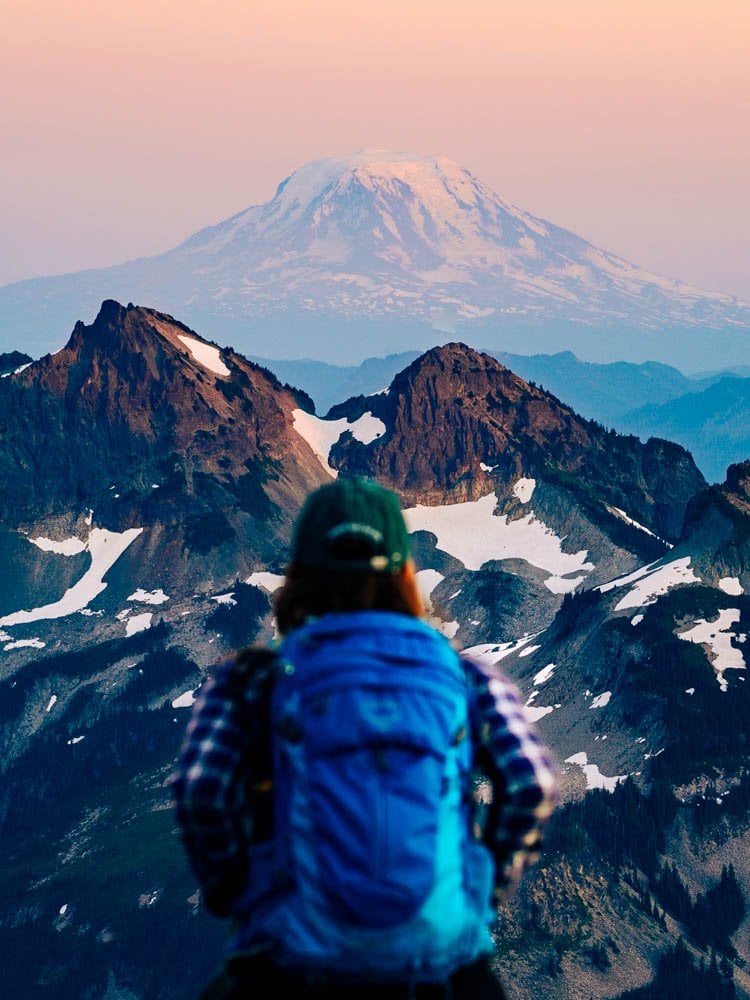
I hope you found my Sony A7III review helpful in deciding whether you should make the leap or not- four-plus years after making the jump, we’re still happy with our decision! Do you have any questions about the a7III? Let me know in the comments below!
Thank you for reading our post! Check out our latest stories here and follow us on Instagram (@UprootedTraveler), YouTube, or on Facebook to see what we’re up to next!




Great article!
Thanks for reading, Jon!
Great read, I have a A7111 and found it difficult getting around the camera took a while to understand. Just about to purchase a prime lens 35mm or 24mn still trying to decide on this. But I am sure what ever one I get it will be good if it’s in the G master range. Was looking to up grade the camera but don’t want to loose out on the comforts this camera has. Still debating the upgrade
Glad you enjoyed our review! Good luck on your search. Let us know what you end up getting.
Nice article. It helps me to hold on to my A7III.
And really great images. I was curious on what lenses you used, but then at the end a section about it showed up, which I was really pleased to see.
Glad you found our article to be helpful. Take care and take lots of great photos! 🙂
Yes, the A7iii is still good, and for more years! Purchased three of them in 2021. Although, completed numerous professional projects, still consider much to learn. Yes, a few cons. But great all-around device, for a wide range of photographers.
We couldn’t agree more! It’s been such a reliable camera for us. Take care and thanks for chiming in!
Such a good review of the a7 III. I’m standing in between to buy it new for around 1700 Euro, with cashback of 230 Euro from Sony. What I am a bit concerned about is the quality of the LCD (brightness, sharpness and how it works in sunlight), but also on the EVF. I have been able to try the A7R III’s and its EVF is gorgous. The newer a7R IIIa show even be better. The price for it is around 2000 Euro. No cashback at the moment. It has less AF points, covering less area, it also has got the high res sensor (which unfortunately could not be lowered in raw, like in newer canon models). Sometimes you dont really need or wanna work with that big. From what Ive heard it has more noise than the a7 III and also a tad worse dynamic range. But – the EVF, the full magnesium housing, the LCD (especially in the new “a-model”) is just very nice.
So…I have no lenses of this system today. Not sure what to get. Not even in full format is my cup of tea, since I guess lenses will be very heavy and big if you want bright glass. I’ve also looked at Fuji X-T4 f4 +16-80 (or 18-55 f2-4)and Canon R7 (the later has not very many lenses for it). But since I see myself as a good photographer, which has own many cameras, I relly want some good image quality.
Is the A7 III the better choice when compared to the A7R IIIa you think? Picking the III will save me around 500 euro after cashback, money I can get som nice normal zoom for instead.
=)
I suppose it really depends on the type of photography you’re into. I frequently find myself wanting extra megapixels when cropping in edit, but you bring up a good point that, if you shoot in RAW, that’s going to slow down your workflow and eat up drive space. We also use the a7iii for video and would really like a camera that can shoot in 4K 30FPS… unfortunately, the a7r iiia has the same limitation so it’s not worth the upgrade for us.
Great review!
in your opinion, what is the best all-in-one lenses for the A7 III?
thanks
Glad you enjoyed our review! That’s a tough one to answer and really depends on the type of photography you’re into. But for our sake (travel bloggers that do a lot run-and-gun, fast-moving shoots, and get a large quantity of shots in a short period of time, very efficiently) two zoom lenses with a wide range like 18 to 70 and also a 70 to 300 would be perfect. Those become heavy and expensive for full-frame cameras, but so is having more than 2 lenses on hand.
I love our Sony Vario-Tessar T* FE 16-35mm f/4. but it can get pretty warped when shooting up close at 16mm and loses sharpness above f9. The Sony G master equivalent solves for that, but at almost twice the cost (and weight) it’s a hard purchase to justify. I also love our 100 to 400 (mentioned in the article above) but it’d be nicer if that zoom range started at 70.
While reading the article, only one thing was on my mind. Is it worth to buy this cam over iphone 14 pro max?
Hey Orhan. Thanks for reading!
So I’ll preface my answer with… it really depends on the type of photography you’re interested in.
Something I didn’t understand when I picked up my first mirrorless camera was that the lens(es) you use ARE the camera, so to speak; ultimately having the most impact on the look and feel of the photo. Having a camera that allows interchangeable lenses is a tremendous advantage for photographers. For example, the iPhone 14 pro max has a fixed ƒ/1.78 aperture, meaning the only way you can reduce light coming in the “lens” and hitting it’s sensor is by changing the ISO or shutter speed of the camera (using pro-mode) which may alter the intended composition of the shot. Especially if you’re planning on using this for video so you can maintain a shutter speed of twice your frame-rate for that cinematic feel.
Being able to swap lenses will also allow you to get telephoto lenses that allow you to reach far and capture subjects in crisp detail while still having beautiful bokeh (something that’s impossible to do with the iPhone.)
You may also want to consider a mirrorless camera because you can attach a flash, they have dedicated jacks for external microphones and headphones for realtime audio monitoring, the have HDMI ports for external displays, they have a mechanical shutter for avoiding rolling shutter (e.g. if you’re photographing moving subjects), you want to do complicated compositions in edit like focus stacking or HDR merges, if you plan on using ND filters for long exposures, you want multiple memory card slots for redundancy in case one is corrupt, and the list goes on.
Don’t get me wrong, we also bring a iPhone 14 Pro with us everywhere, use it constantly, and it’s an amazing tool in our arsenal, but there’s just some things that it will physically never be able to do.
Hope that helps!
Nice review! I use the sony A7III and find it useful for amateur photographers like me. Carefully planned shots are simply spectacular. One disadvantage in cameras in general is the lack of geotagging. Do you have a workaround? The a7iii can link to a phone bluetooth and get this data but the link gets disrupted from time to time. Would you mind suggesting more lenses keeping budget in mind?
Very helpful review! I am considering moving from a Sony a7II and wondering if the a7III got an improvement in the menu, making it easier to navigate it. What is your experience with it?
Hey Gabriel,
We have not used the a7ii, but I just took a look at the menu system in a few videos on YouTube and it looks pretty similar to the a7iii’s menu. For what it’s worth, I’ve gotten pretty quick at using the menu on the a7iii, but that could be because I’ve used it for hundreds of hours now.
Hope that helps. Good luck with your search and let us know if you have any other questions.
Great review! Trying to decide if this is a good camera for sports photography (football). If so, does the Sigma 100-400mm F5-6.3 Contemporary DG DN OS in your review fit the bill?
Hi Chris,
Thanks so much for reading!
The one potential drawback I’d flag about the Sony a7ii is that the max burst rate is 11 photos per second, which may be slow by some standards. Otherwise, the camera itself is ideal for sports photography- it has two memory card slots for redundancy and has an intelligent focusing system with 693 phase-detection autofocus points.
The Sigma 100-400mm F5-6.3 Contemporary DG DN OS has a fast autofocus and optical stabilization, which we’ve always found impressive, especially given the lens’ price point.
All that being said, I’d note that we primarily photograph pretty still objects (like mountains ha!), so neither of us are sports photography experts and are just opining based on our own experience.
Hope that’s helpful and let us know if you have any more questions!
Jess
Hi Chris, do you find the a7 iii good for sports? I take wrestling pictures as well as football pictures.
Firstly thanks for excellent review. I am confused at the moment between:
– Sony a7iii vs Sony a7c ( not a great diff but I saw from YT videos theres also not a massive update , more compact , unlimited video)
is it worth going for a7c ?
or
– Sony a7C vs Sony 6700 , which one is bette choice? i know the latter aps-c , latest product (2023) but I heard it has overheating issues…
My intended use : I want to take fashion street photography and videography for personal use with full body shots in bokeh . Would I go for full frame or aps-c can do the job? for FF I know 50mm1.8 do the job or 85mm1.8 but for apsc I dont know what would be more close to 85mm and 50mm and can it satisfy my needs 🙁
I have the Nex-5R with 16.1 megapixels. I bought it 11 years ago, I believe it was one of the first mirrorless DLSR cameras that Sony came out with. It has been through so much and still is hanging on with tape to the battery hinges. I take sports (wrestling) pictures of my kids and I also like to take nature pictures as well as senior pictures and so on. I am seriously needing to update my camera I have been researching Sony cameras. I feel in love with my Nex. Would you recommend the A7 iii for sports? It’s a lot of movement and sometimes lights are dim.
Hi Blanca,
Thanks for reading!
I’d say the same thing to you as to Chris above- we unfortunately aren’t sports photographers, but, with that context in mind, the only real drawback that I can think of for the a7iii is that the max burst rate is 11 photos per second, which may be slow by some standards. For what it’s worth, we do shoot some fast-moving wild-life, like birds, but that’s generally in brighter settings than it sounds like wrestling matches might be.
Otherwise, the camera itself has many features that lends itself to sports photography, with two memory card slots for redundancy and has an intelligent focusing system with 693 phase-detection autofocus points. It would also be worth investing in a quality lens that offers fast autofocusing and optical stabilization.
Hope that helps and good luck with your camera search!
Jessica
A7r3iii has better dynamic range